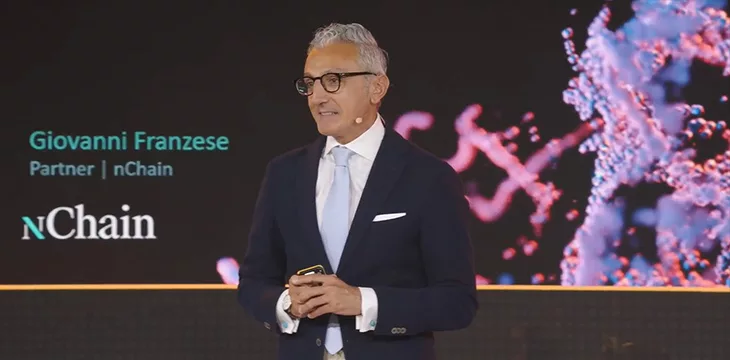NFTs are having a “Four Seasons Total Landscaping” moment – SURFACE

A miscommunication resulted in digital artist Claire Silver being trolled online for believing her work could be displayed at the Louvre, illustrating how the NFT market’s consistent “hardcore believing” has its flaws.
It’s hard to fault digital artist Claire Silver for believing that Paris Blockchain Week wanted to exhibit her work at the Louvre during the conference’s fourth edition at the end of March. The offer came shortly after a series of career gains: Silver signed with talent agency WME, and one of her pieces entered LACMA’s permanent collection this past month when Cozomo de’ Medici — a prolific collector believed to be Snoop Dogg — donated 22 blockchain artworks, including her trippy, pussy sucking-inspired collage that overlays acrylic flowers over an AI-generated face.
Eager to celebrate an apparent career peak, Silver excitedly tweeted the news of exhibiting in the hallowed halls of the Louvre. Variety picked up the story, leaving NFT expert and New York Times Contributor Zachary Small is unsure of her claims. Louvre representatives confirmed his suspicions, and Silver soon clarified (in a now-deleted series of tweets) that Paris Blockchain Week had allegedly misrepresented the location of their show: it would take place at Le Carrousel du Louvre, a nearby underground mall, not the Louvre itself. She withdrew her work from the show and began to consider other options.
Despite Silver being a community leader and outspoken proponent of Web3 art, the backlash was swift and vicious. The NFT community (a group with a shaky reputation to begin with) labeled Silver a fraud. Others mocked her for thinking her work — the result of AI sweeping away the “barrier to skill,” as she puts it — was strong enough to be displayed at the Louvre. Superchief Gallery, representing her, leapt to her defense with a strict retelling on their part. Silver, meanwhile, has asked to be excluded from the narrative.
For digital artists experimenting with non-fungible tokens, the past few years have seen tidal waves and tidal waves. A monumental digital collage by Beeple fetched $69.3 million at auction, creating constant internet hype and a market bonanza that made NFT artwork and discourse inevitable. Digital artists once relegated to the industry’s periphery were suddenly thrust into the spotlight, though it took heavy evangelism to convince Luddites that NFTs were a legitimate medium. The market has since cooled considerably, but digital artists are still carving out a niche and gaining access to the highest levels of an industry that is highly resistant to change.
“Ultimately, Silver was a victim of the ecosystem that created her,” writes Shanti Escalante-De Mattei in ART news. “The fortunes of those in the NFT scene were made by exploiting a single, precious resource: hardcore faith. Artists and sellers of NFTs had to convince buyers that these digital works of art, just JPEGs, could be worth something, and that meant a lot of evangelism… Silver believed because faith got her this far. But faith has its limits.”


















![Bitcoin Cash [BCH] crosses 6 months high; Why should investors be cautious? Bitcoin Cash [BCH] crosses 6 months high; Why should investors be cautious?](https://www.cryptoproductivity.org/wp-content/uploads/2023/02/po-2023-02-21T113921.190-1000x600-120x120.png)





